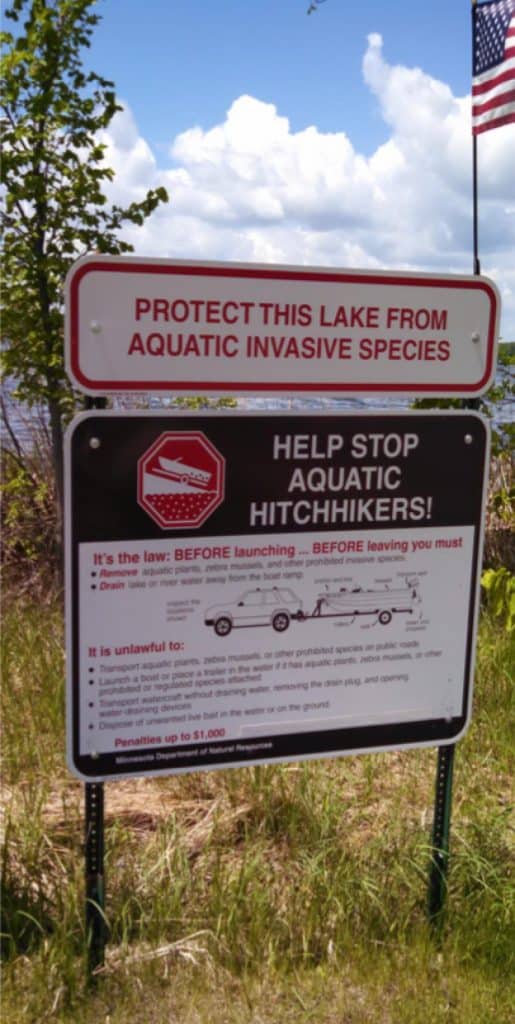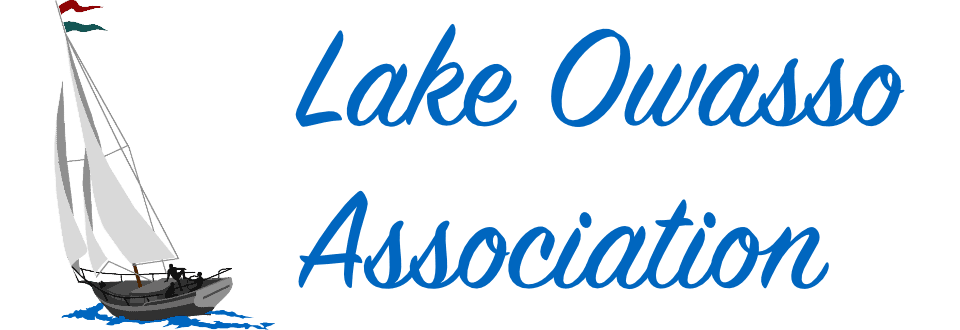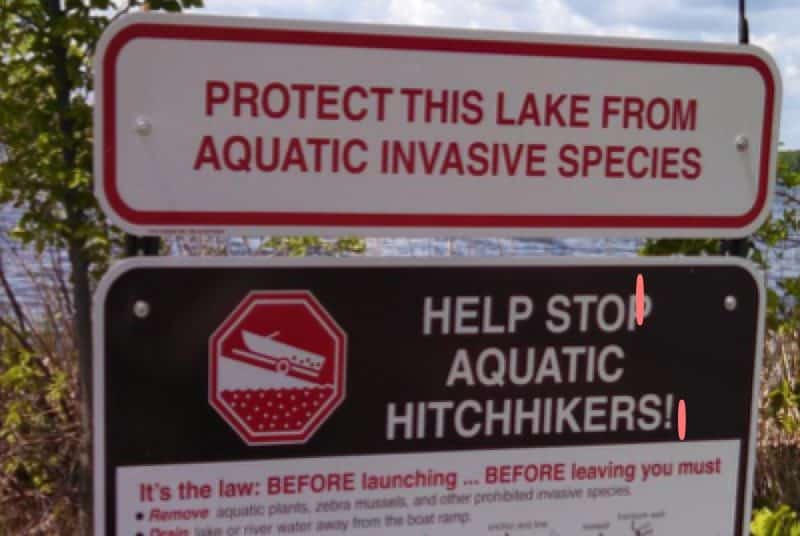In 2021, Lake Management, Inc (LMI) was contracted by The Lake Owasso Improvement
Association (LOIA), to provide aquatic vegetation control services. Minnesota Department of Natural Resources (DNR) issued permits 16F-3A965, 2021-1247, 2021-1480, and 2021-2197, allowing for 29.78 acres of control.

LMI based first application timing on plant development. Applications occurred on 6-3-21, 6-8-21, and 6-14-21 for 190 individual homeowners. Two navigation channels were treated in the south basin on 6-8- 21 and totaled 2.82 acres. The invasive species curly-leaf pondweed (CLP) and Eurasian water milfoil (EWM) were targeted when present, along with slender naiad, coontail, algae, and minor amounts of other native aquatic vegetation species. Flumioxazin, diquat and algaecides were applied to 8,483 shoreline feet. Three properties received lily control, as allowed by permit, using triclopyr.
LMI inspects Lake Owasso from spring to fall and with the information gathered, makes treatment recommendations to the LOIA. Under the 2021 DNR permit, individuals may receive up to two applications for nuisance aquatic vegetation control. Following inspections and based on homeowner and LOIA input, secondary applications were made on 7-27-21. Footage for the 53 homeowners totaled 2,454 feet. The same aquatic herbicides used on the first application were used on the second. EWM was the dominant species targeted, with varying levels of naiad, coontail, flat-stem pondweed, and algae, as well as small amounts of other native aquatic vegetation species. Four homeowners received lily control, as allowed by permit.
Summary
With lower water levels and warmer temperatures, many Minnesota lakes saw increases in nuisance aquatic growth. Lake Owasso was no exception. However, early season surveys found similar levels of CLP compared to 2020. The area with greatest density and frequency is found in the north basin with an estimated 37 acres of nuisance CLP.
EWM increased in both density and frequency. While shoreline applications control EWM adjacent to participating homeowners, EWM continues to be found outside currently allowable control areas. LMI has communicated with the LOIA regarding 2022 EWM control options. A whole lake application using fluridone (Sonar) should be considered to allow for EWM and CLP control on a lake-wide basis.
Native vegetation growth continues at similar diversity with density increasing slightly in 2021. The slender naiad that was especially problematic in 2016/2017 was present, but nuisance levels have declined from the 2017 peak.
Lake Management will continue to monitor Lake Owasso and provide recommendations to the LOIA.

